Sourdough potato bread is a seriously soft and delicious, with a fluffy inside and crispy outside. Perfect for sandwich, toast, French toast, or all on its own.
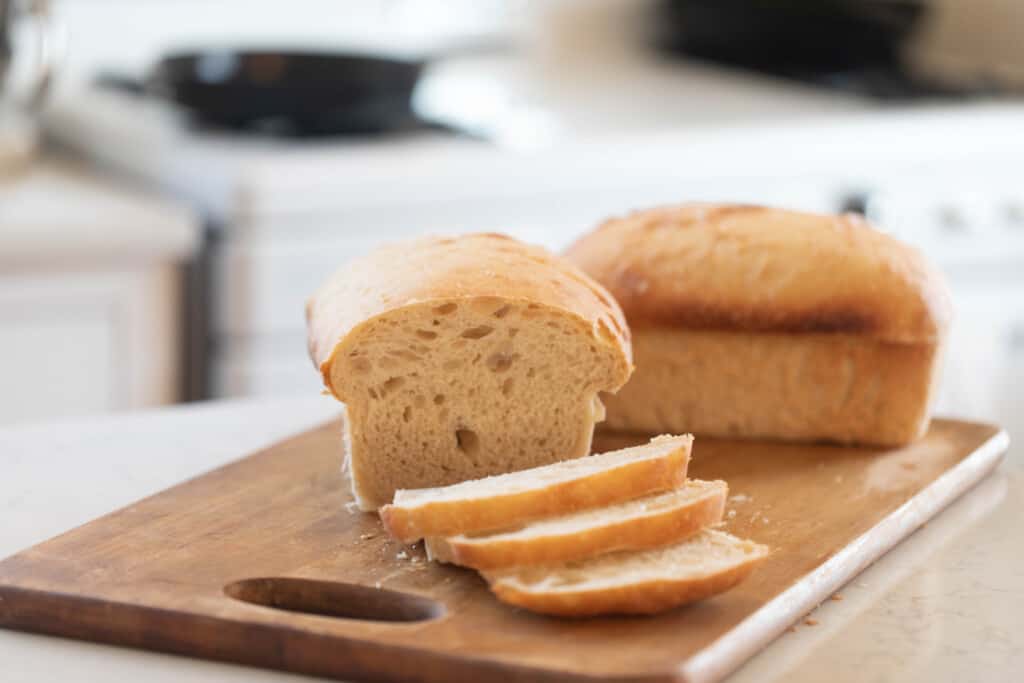
This bread may be a new favorite in the house. And no, you cannot taste potatoes. All the kids were shocked when I told them the humble potato somehow made it into this yummy loaf.
Potatoes add extra moisture to the loaf making the texture really soft while also having lots of holes. Not only do they add a lovely texture, but they also make it more nutritious by adding more fiber, protein, potassium, B6 and more.
This is a hearty bread perfect for a chilly winter evening. Serve as a side with a warm bowl of soup, make it the vehicle for a yummy sandwich, or in a filling breakfast strata. The possibilities are endless.
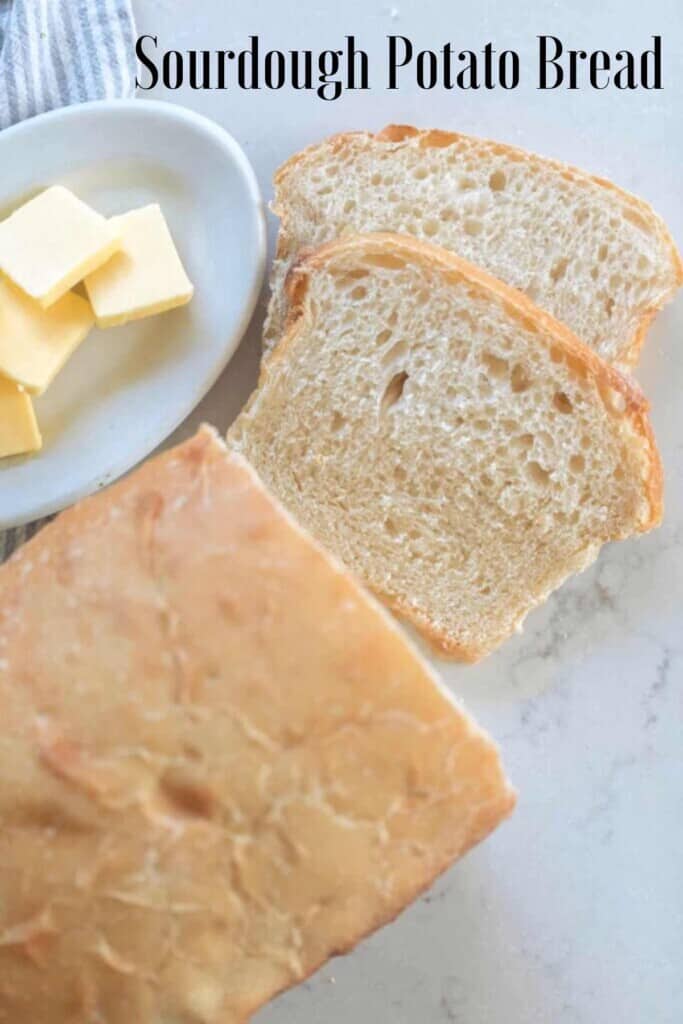
Why you will love this recipe:
Great way to use leftover mashed potatoes. Got lots of extra mashed potatoes from dinner or the holidays? This is a wonderful way to use them up.
Delicious. There is nothing better than a soft loaf of fresh sourdough bread.
Easy to make. This recipe is super simple without any complicated steps.
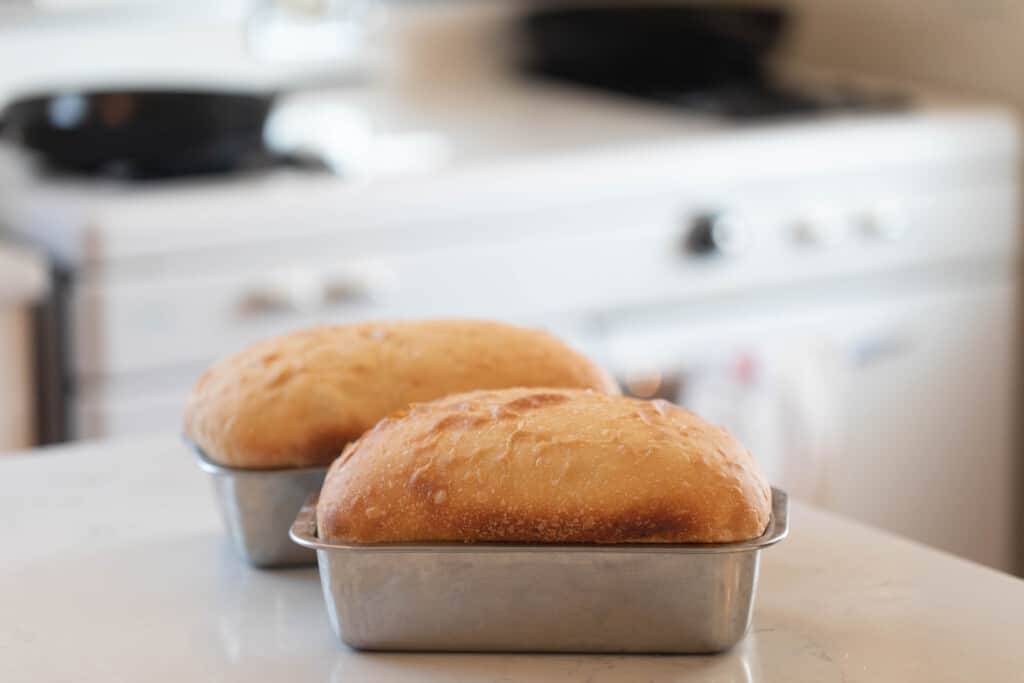
Tips For Making Sourdough Potato Bread:
- Substitute mashed potatoes for potato flakes. Make potato flakes into 1 cup mashed potatoes and use in the recipe.
- Don’t have a stand mixer? No problem. Check the instructions below to see how to make this bread with the stretch and fold technique.
- If you are dairy free, substitute the milk in the recipe with the water used to make the mashed potatoes and substitute the butter for vegan butter.
This post contains affiliate links, which means I make a small commission at no extra cost to you. See my full disclosure here.
FAQ:
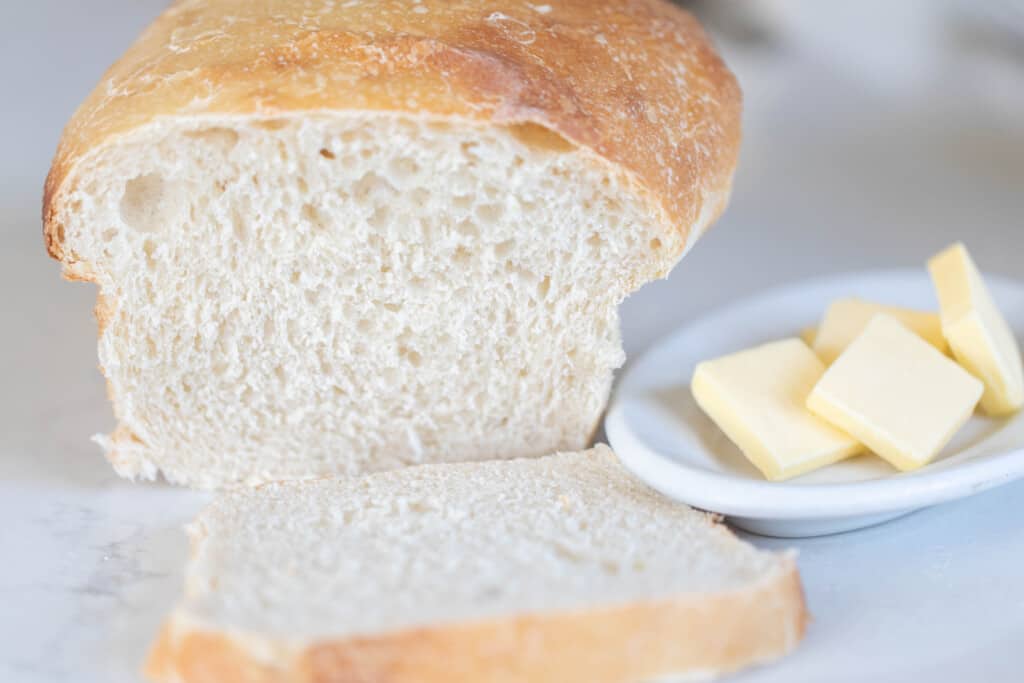
What does adding a potato to dough do?
Potatoes can hold more moisture than wheat, giving this bread a softer fluffier texture.
Is sourdough made from potatoes?
Typically no. Sourdough is usually made from flour and water. There are some recipes out there for sourdough starters made with potatoes.
What is special about potato bread?
It is a richer, fluffier bread that also has a crispy outside. It is such a delicious and wonderful bread.
Ingredients:
Mashed potatoes – A great way to use leftover mashed potatoes or make with 1 large russet potato. You could also use potato flakes made into mashed potatoes for a super fast alternative.
Milk – I prefer whole milk. For a dairy free option: can also substitute milk with potato water (the water the potato boiled in).
Salt
Sugar
Butter – For a dairy free option use softened coconut oil or vegan butter.
Sourdough starter – Active and bubbly. It should be fed 4-12 hours before starting the recipe. If you are new to sourdough check out my post on how to make a sourdough starter.
All-purpose flour – I love that this bread is made with all-purpose flour. No fancy flours. If you are milling your own grain you can use hard white wheat.
Tools you may need:
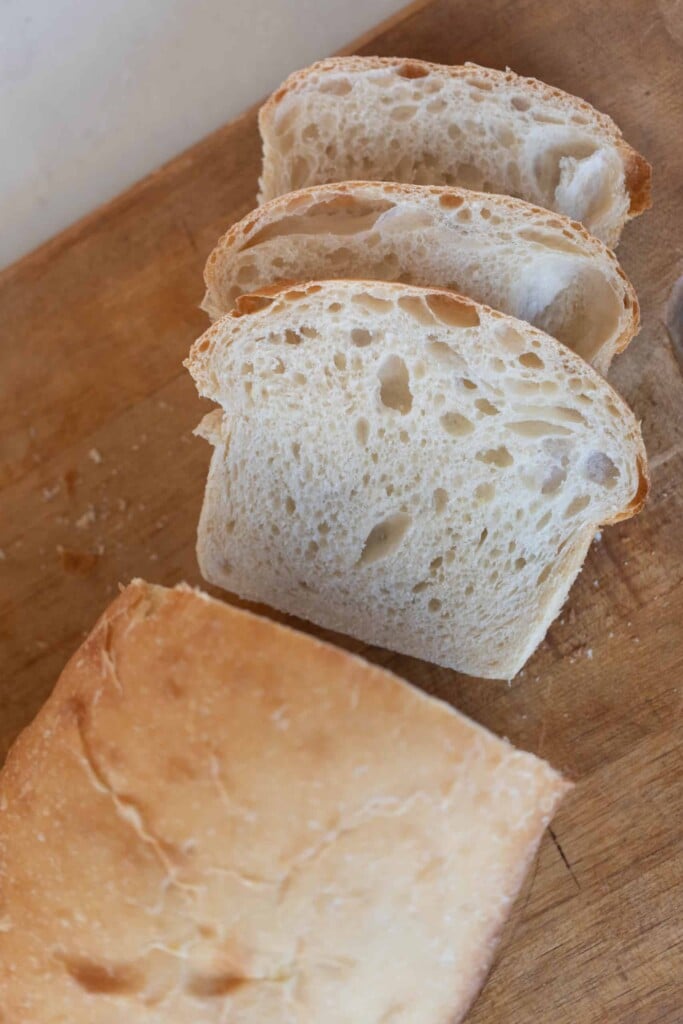
How To Make Sourdough Potato Bread
Peel potatoes and add to a pot of water. The water should cover the potatoes over 2 inches.
Place pan on medium high heat and boil for 15-20 minutes or until fork tender.
Drain potatoes and mash. Set aside.
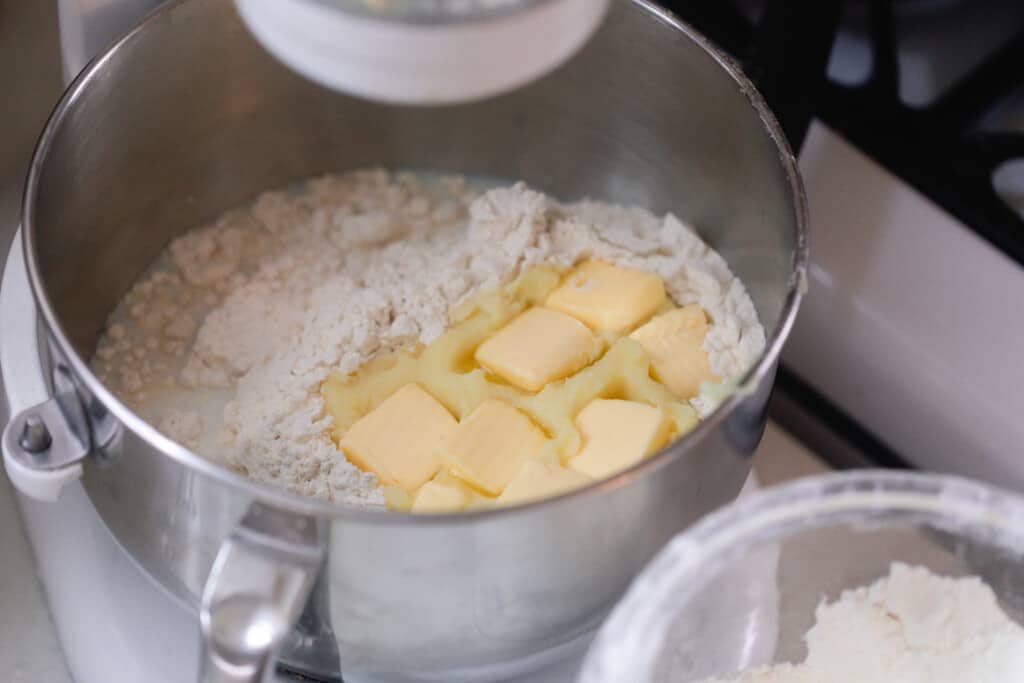
Add all ingredients to a stand mixer with dough hook and knead until smooth and elastic, about 10-15 minutes. This is a wetter dough like the sourdough sandwich bread so you have to knead for a loooong time. Make sure it pulls away from the sides of the bowl, and passes the window pane test.
Don’t have a stand mixer? No problem. Mix ingredients in a bowl and let it set for about 15 minutes. Next, start stretch and folds.
Grab the edge of the dough in the bowl and pull up gently wiggling the dough a bit while stretching it upwards. Push the dough back into the center. Turn the bowl a quarter turn and do this stretch and fold again, repeating 2-3 more times. This is one round of stretch and folds.
First 3 rounds of stretch and folds – every 15 minutes. Last 3 rounds stretch and folds – every 30 minutes.
I like how hands off using the stand mixer is, but the stretch and fold method works beautifully too.
Place in a greased bowl with a lid or cover with plastic wrap or beeswax wraps.
Bulk rise- 8 hours in a warm place. The dough should double.
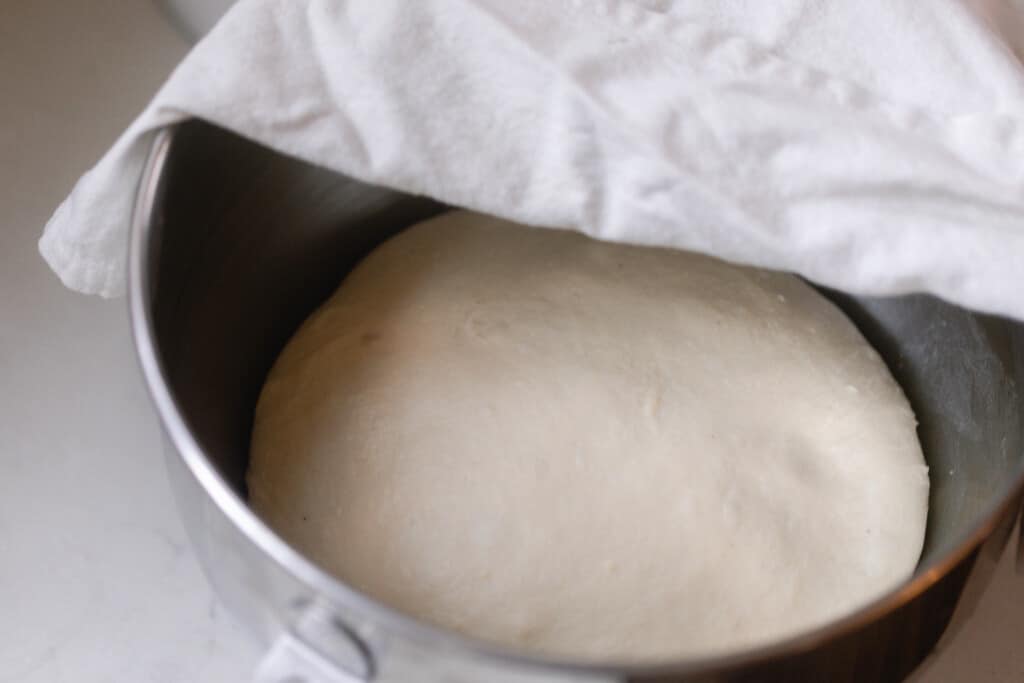
Divide the dough into two equal sized dough balls.
Shape to fit into loaf pans.
Grease pans well to prevent sticking. Add dough to loaf pans.
Cover with something airtight and rise again until doubled, about 2-3 hours.
Preheat the oven to 350 degrees.Bake for 45 minutes or until the crust is golden.
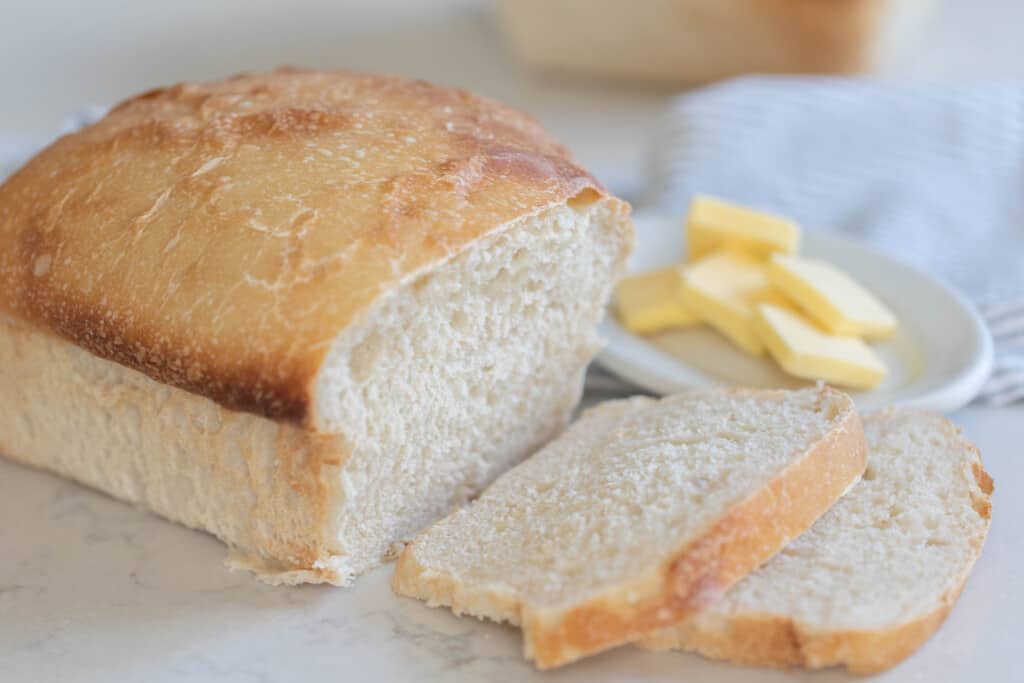
Baker’s Schedule
12:00 PM: Feed sourdough starter.
8 PM: Create dough. Allow to bulk ferment.
8 AM: Divide and shape dough. Allow to rise 2-3 more hours.
10 AM: Preheat the oven and bake.
Find More Sourdough Bread Recipes:
- The Easiest No-Knead Sourdough Discard Bread
- Bread Machine Sourdough Bread Recipe
- Spelt Sourdough Bread
- Sourdough Rye Bread
- Sourdough Pumpkin Bread
If you try this recipe and love it, I would love if you gave it 5 stars! Also, tag me on Instagram @farmhouseonboone.
Sourdough Potato Bread
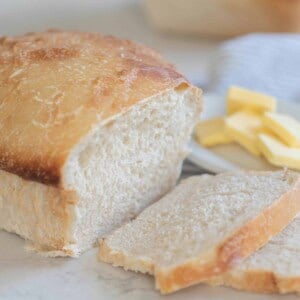
Ingredients
- 1 cup mashed potatoes, can used leftover or make with 1 large russet potato explain in directions how to make mashed potatoes
- 2 cups milk, can also sub potato water (the water the potato boiled in to make this dairy free)
- 2 teaspoons salt
- 1/4 cup sugar
- 4 tablespoons softened butter, plus more for greasing the pans
- 1 cup sourdough starter, active and bubbly
- 5 1/2 cups all-purpose flour
Instructions
- Peel potatoes and add to a pot of water. The water should cover the potatoes over 2 inches.
- Place pan on medium high heat and boil for 15-20 minutes or until fork tender.
- Drain potatoes and mash. Set aside.
- Add all ingredients to a stand mixer with dough hook and knead until smooth and elastic, about 10-15 minutes. Make sure it pulls away from the sides of the bowl, and passes the window pane test.
- Place in a greased bowl with a lid or cover with plastic wrap or beeswax wraps.
- Bulk rise- 8 hours in a warm place. The dough should double.
- Divide the dough into two equal sized dough balls.
- Shape to fit into loaf pans.
- Grease pans well to prevent sticking. Add dough to loaf pans.
- Cover with something airtight and rise again until doubled, about 2-3 hours.
- Preheat oven to 350 degrees.
- Bake for 45 minutes or until the crust is golden.
Notes
- Don’t have a stand mixer? No problem. Mix ingredients in a bowl and let it set for about 15 minutes. Next, start stretch and folds.
- Grab the edge of the dough in the bowl and pull up gently wiggling the dough a bit while stretching it upwards. Push the dough back into the center. Turn the bowl a quarter turn and do this stretch and fold again, repeating 2-3 more times. This is one round of stretch and folds.
- First 3 rounds of stretch and folds – every 15 minutes. Last 3 rounds stretch and folds – every 30 minutes.
Nutrition
Nutrition information is automatically calculated, so should only be used as an approximation.
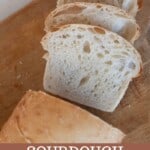
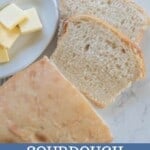






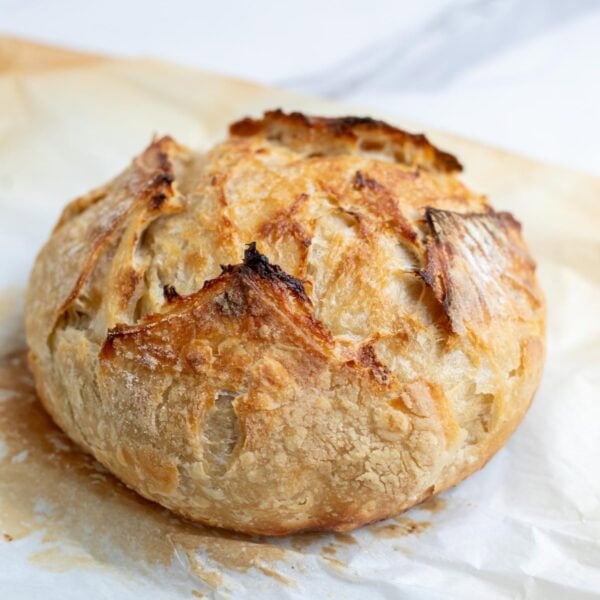
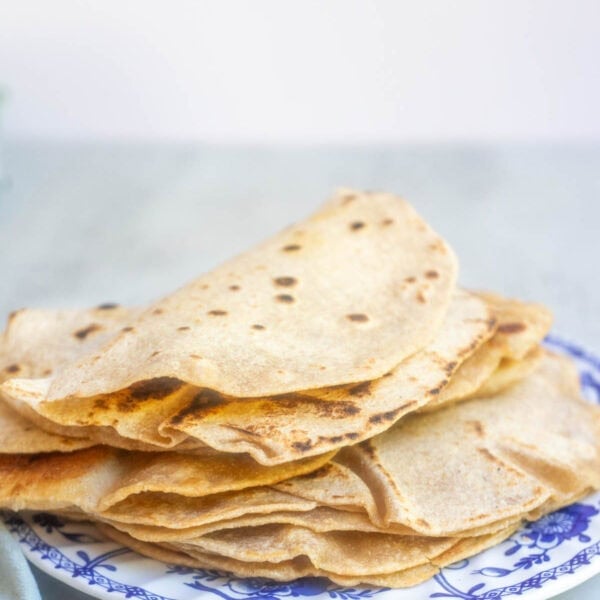
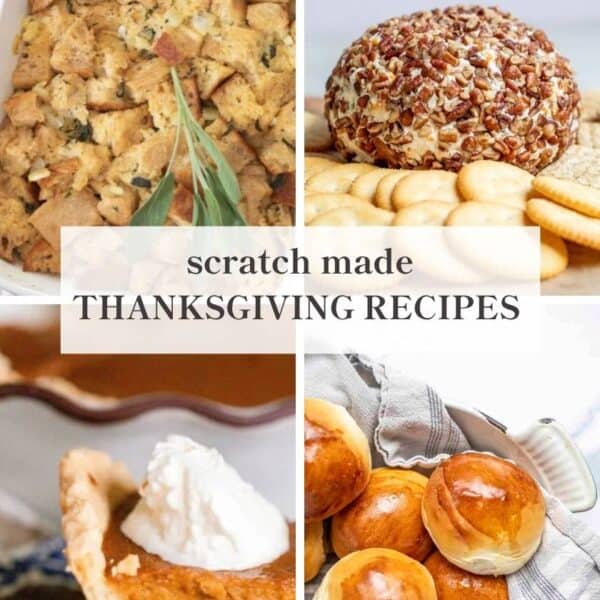
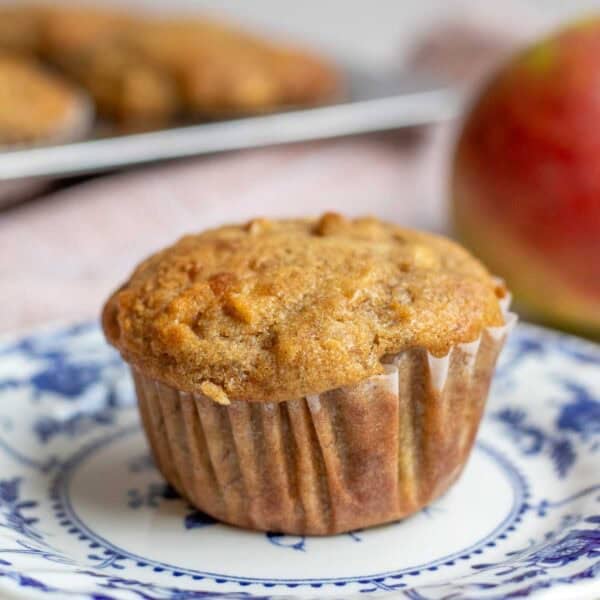






Made this recipe into dinner rolls for Thanksgiving. Double batch made 57 but some were large. Amazingly soft, everyone loved them.